STARK’S “HISTORY OF & GUIDE TO THE BAHAMAS”
James H. Stark appears to have been, for his time, a veritable Rough Guide for the Caribbean. In 1891 he produced an entrancing tome, the commendably grammatically correctly-titled “Stark’s History of and Guide to the Bahama Islands Containing a Description of Everything on or About the Bahama Islands of Which the Visitor or Resident May Desire Information, Including Their History, Inhabitants, Climate, Agriculture, Geology, Government and Resources”. More of his other magna opera below.
The jaunty and classic late c19 cover depicts the landing of Columbus, lest the unwary reader should be so ill-informed as the be unaware of the location of the great explorer’s landfall. And gives the date of the event, for the sake of completeness. The title page is most informative of the contents, and manages to namecheck the author three times (or thrice, as he might have put it). The illustrations and in particular the maps are wonderful, and call for a small gallery for your enjoyment. The “Coast Chart” is compiled from “the latest… surveys.” The map of Nassau is most interesting to compare with a map of 125 years later. And the engraved map is set at an unusual angle to say the least. [I’ve tried to clip the Abaco part to check the place names, but I can’t yet get a clear enough image to read].
An historic map from 100 years earlier: note the place names, eg ‘Alabaster’ (Eleuthera)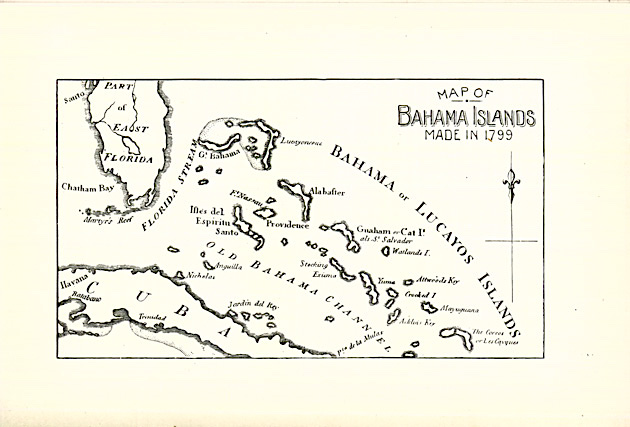
The ‘History of & Guide to’ has detailed sections on all the islands. I have lifted the relevant pages – only a few – concerning Abaco. See what a difference 125 years makes…
I enjoyed reading the ‘opinions of the press’. How unlike our own dear Amazon reviews…

RAISING A CONTROVERSY…
This is a topic I have touched on before. It concerns the authentic location of the ‘Glass Window’ of Winslow Homer’s famous painting. Is it Eleuthera (as claimed) or Abaco (as contended). The argument is lodged with the Brooklyn Museum, custodian of the Homer painting. In Stark’s book of 1891 is a fine photograph of a – or the? – ‘glass window’, assigned to Eleuthera. Below is an earlier engraving entitled ‘On Abaco Island’. It is the work of Homer, named by him, and seemingly a preliminary study for the painting. The same view? Or different? The jury is still listening to the arguments…
Other books by James H. Stark that you may enjoy:
Stark’s History and Guide to Barbados and the Caribee Islands, Containing a Description of Everything on or About These Islands of Which the Visitor or Resident May Desire Information – Including Their History, Inhabitants, Climate, Agriculture, Geology (1893)
A ditto for Trinidad.
A ditto for ‘Boston and its Suburbs’
A ditto to the County of Ohio
HOLE-IN-THE-WALL for more about Hole-in-the-Wall, Abaco and Winslow Homer
Credits: my primary source is the University of Florida Digital Collection, to which thanks. However there are plenty of mainstream online sites that offer this book to view; and you can download it or even get your own POD (‘print on demand’).







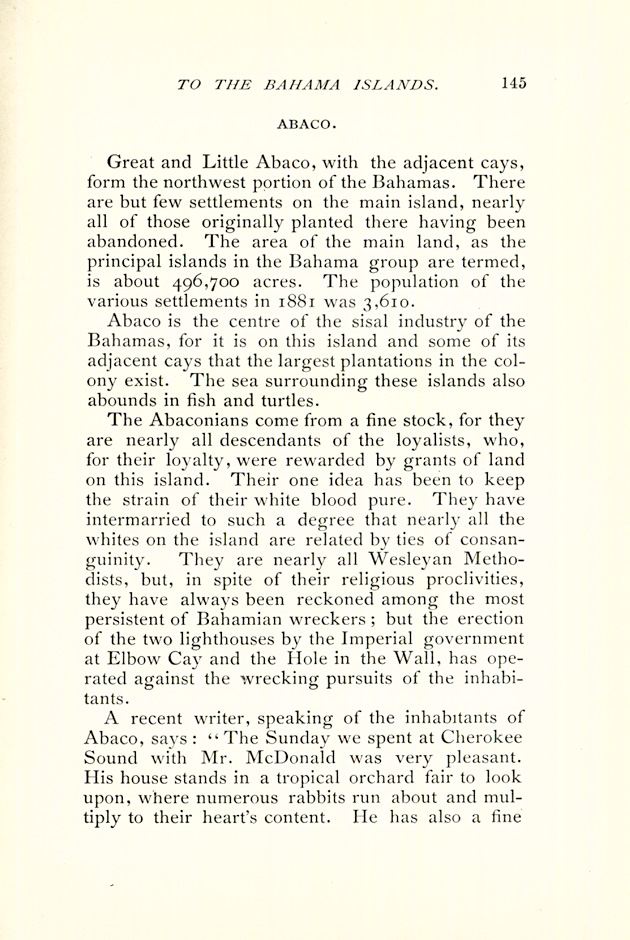
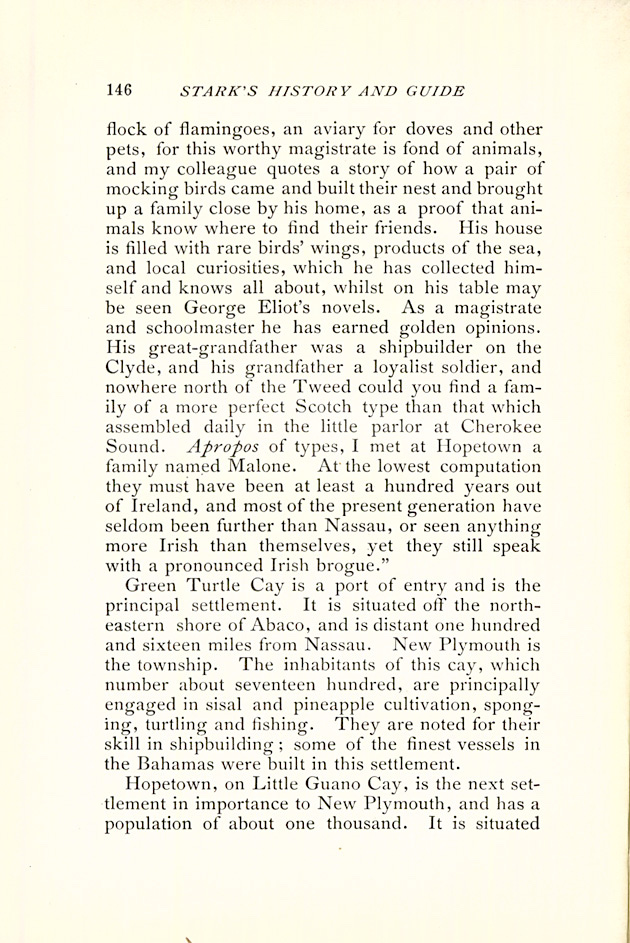






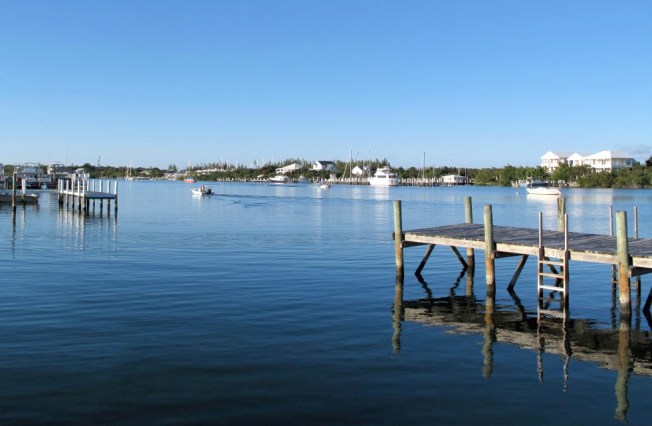























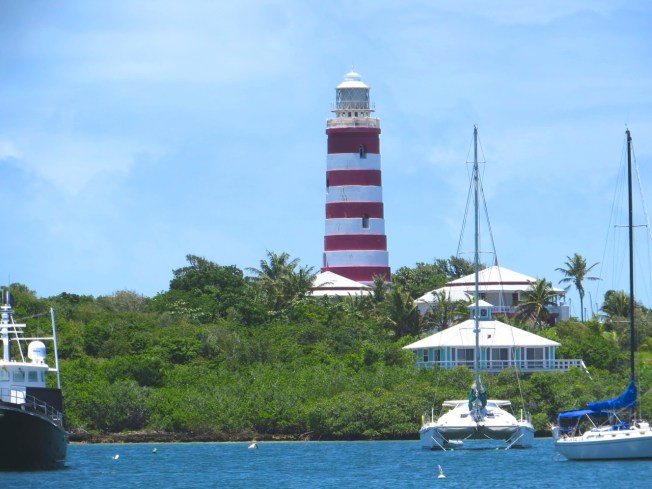

































You must be logged in to post a comment.